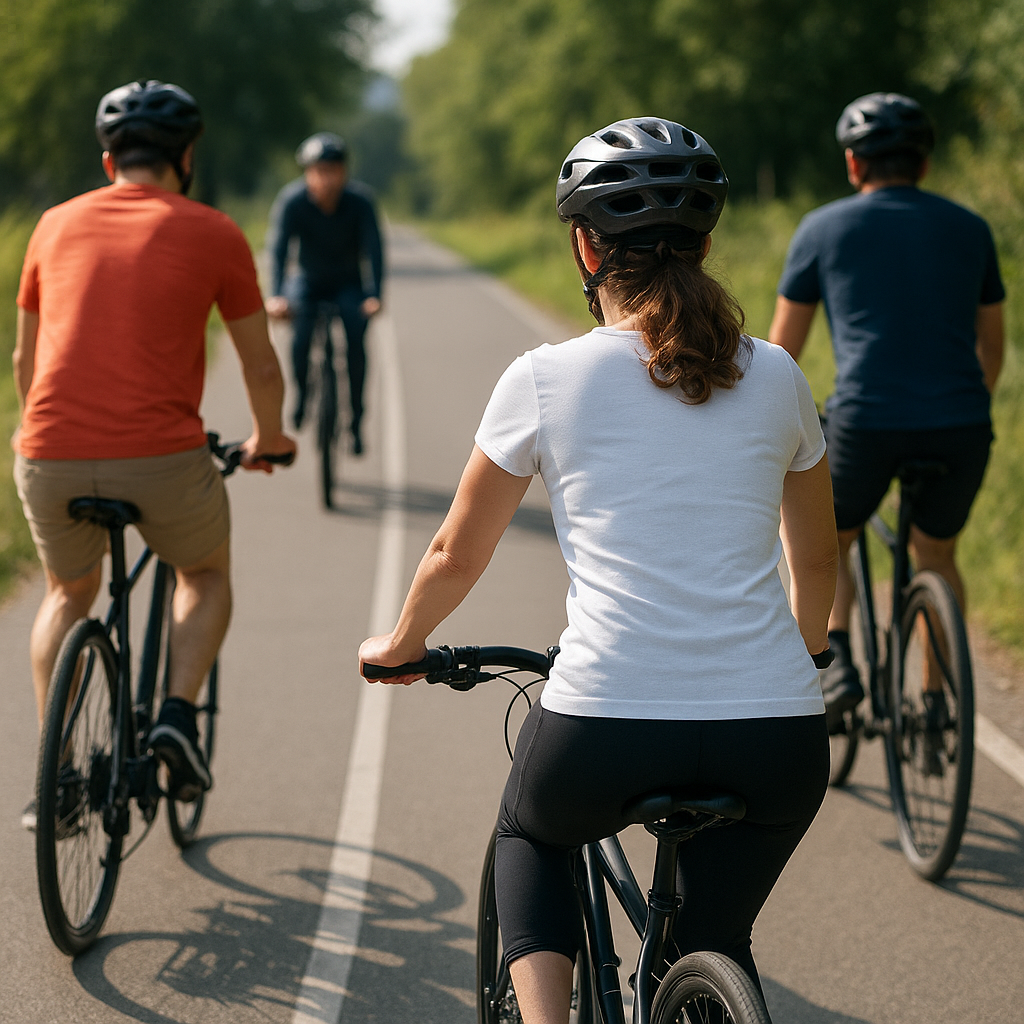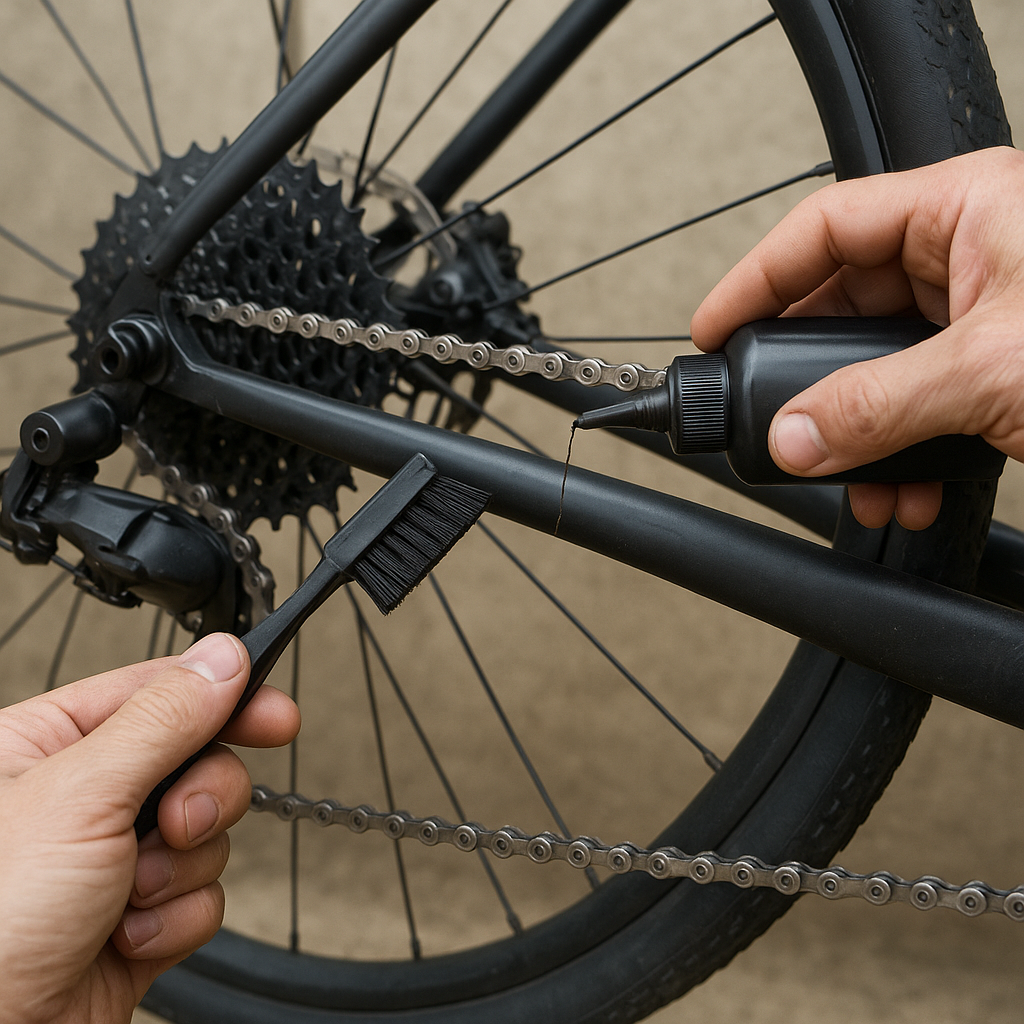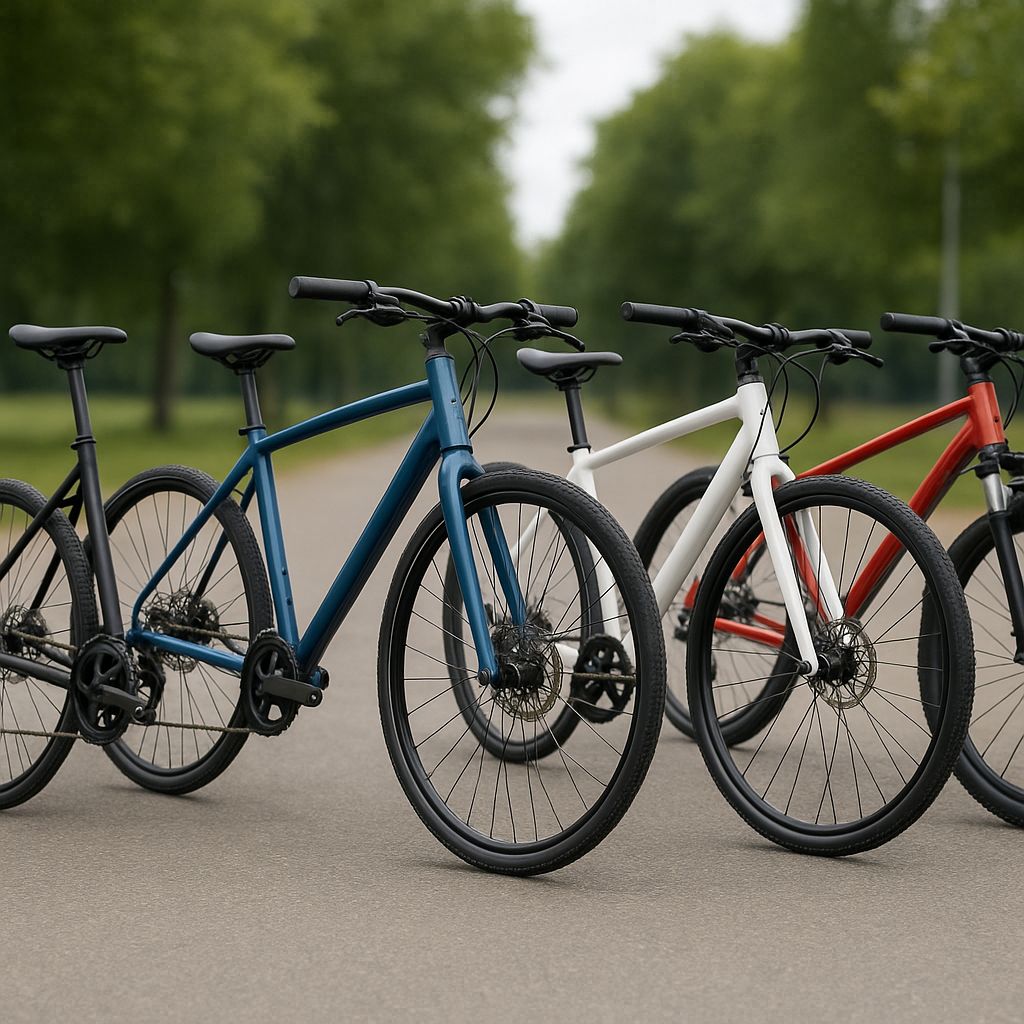Cycling brings together communities of riders who share roads, paths, and trails. To create a harmonious and safe environment, every cyclist must embrace proper etiquette. By following a few simple guidelines, riders can foster respect among motorists, pedestrians, and fellow cyclists while enhancing their own experience on two wheels.
Sharing the Road Safely
When you pedal alongside cars and pedestrians, awareness becomes your greatest ally. Riders should always assume that other road users might not see them immediately. Staying predictable in your actions helps everyone anticipate your next move.
- Keep to the right (or to the appropriate side) unless you’re overtaking or preparing for a left turn.
- Maintain a steady line—avoid weaving between parked cars or abruptly changing course.
- Use lights and reflective clothing to boost visibility, especially at dawn, dusk, or in poor weather.
- Respect traffic signals and signs; cyclers are subject to the same rules as motorists in most jurisdictions.
- Provide at least a door’s width when passing parked cars to prevent collisions with opening doors.
Adopting a courteous attitude reduces conflict and encourages drivers to grant cyclists the space they need. Building mutual trust on the road promotes a smoother flow of traffic for everyone.
Communicating with Fellow Riders and Motorists
Clear communication keeps group rides organized and ensures that solo riders convey their intentions. Two primary methods exist: hand signals and verbal cues. Each serves a specific purpose and together form a comprehensive language on wheels.
Hand Signals
- Left Turn: Extend your left arm horizontally.
- Right Turn: Extend your right arm horizontally (or left arm bent at 90° upward).
- Stop or Slow Down: Point your left arm downwards with the palm open.
- Hazard Ahead: Wave your hand behind your back or point down to signal debris, potholes, or obstacles.
- Single File/Two Abreast: Point to the left with two fingers (single file) or wave two fingers (two abreast), indicating your preferred riding formation.
When executing signals, do so decisively and early. Hold each signal long enough for those behind to see and react, ideally three to five seconds before the maneuver.
Verbal Cues
- “On your left” or “Passing”: Let slower riders or pedestrians know you’re approaching.
- “Car back” or “Car up”: Alert the group to overtaking vehicles, allowing everyone to stay single file.
- “Hole”, “Gravel”, “Branch”: Identify road hazards with concise, consistent vocabulary.
- “Clear”: Announce when it’s safe to move up or resume side-by-side riding.
- “Stopping”: Warn everyone you’re coming to a halt, preventing sudden pile-ups.
Using a firm, clear voice is crucial. Speak loudly enough to be heard over traffic noise but avoid shouting aggressively. A calm tone fosters trust and helps maintain group cohesion.
Group Riding Protocols
Riding in a group amplifies the benefits of cycling, from drafting efficiency to social connection. However, it also demands heightened responsibility and concentration. Proper formation and conduct make rides safer and more enjoyable for all participants.
- Maintain a tight, predictable line to minimize wind resistance and allow smoother overtaking by vehicles.
- Ride two abreast only when local laws permit; otherwise keep to single file.
- Keep consistent gaps—about a bike-length between you and the rider ahead—to allow reaction time.
- Avoid sudden accelerations or braking. Announce changes in pace or direction in advance.
- If you drop off the back, gently signal and move aside to let the group pass, then rejoin when ready.
- When transitioning from two abreast to single file (e.g., around a blind curve or when indicated by “single file” signals), do so smoothly without abrupt cuts.
- Designate a sweep rider at the back to ensure no one is left behind and to handle slower riders or mechanical issues.
Respecting these protocols helps the group act as a unified entity. Motorists recognize a well-organized peloton more easily, leading to safer overtakes and fewer misunderstandings.
Maintenance and Personal Preparedness
Good etiquette extends beyond behavior on the road—it begins with being prepared. A reliable bicycle and proper gear not only boost your performance but also prevent disruptions that inconvenience others.
- Check tire pressure before every ride. Underinflated tires increase rolling resistance and risk punctures.
- Inspect brakes for wear and test their responsiveness periodically.
- Lubricate your chain and moving parts regularly to prevent squeaks and ensure smooth shifting.
- Carry a basic repair kit: spare tube, tire levers, mini-pump or CO₂ inflator, and a multitool.
- Wear a helmet certified by relevant safety standards and adjust it for a snug fit.
- Dress in weather-appropriate clothing. Layered outfits keep you warm on chilly mornings and can be removed as temperatures rise.
- Apply sunscreen, wear sunglasses, and use a lightweight vest or jacket if rain is forecast.
- Bring sufficient water and a few energy snacks for longer rides to maintain stamina.
By taking these steps, you minimize the risk of mid-ride mishaps that could delay the group or obstruct traffic. A well-prepared cyclist is a courteous cyclist.












